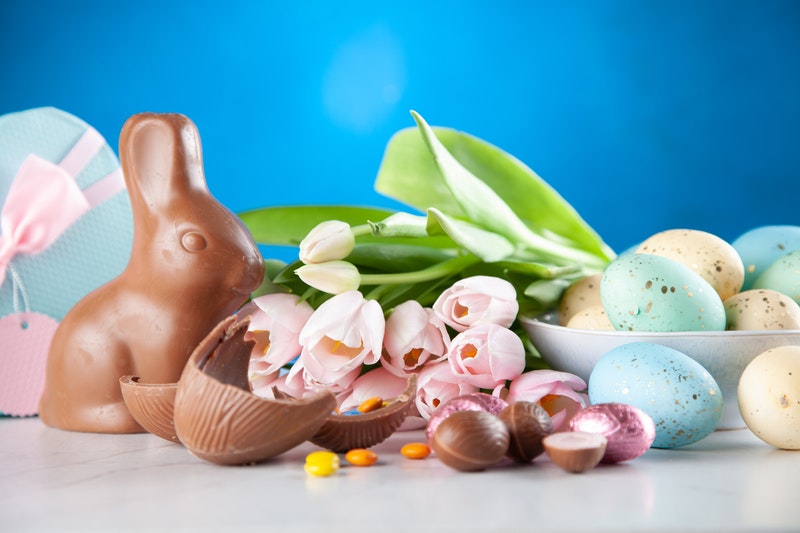Easter is a great time to make lasting childhood memories. Egg hunts, Easter baskets full of goodies, and family time are all opportunities to give the kids something they will remember as they grow up. Family traditions are passed on in times like these, and they can be important to connecting the past and the present. Celebrating Easter with your family can be one of the best things you can do to bring everyone together. Even in times like these, you can still connect with family on the phone, online, or on video chat. Find creative ways to continue traditions that work for you and your family and friends.
However, you don’t want these memories to be tainted with an avoidable injury. So, we have put together a quick list of tips to make sure your Easter celebrations, whatever they may be this year, are safe for everyone.
Avoid Trip Hazards
People are going to be walking and occasionally running around on Easter. Be careful of any decorations that are resting on the floor or on the ground outside. These are easy for people to miss, which means they could get tangled up in their feet as they walk. A simple fall might not seem like a danger — but it can lead to injuries for both young and old. You don't want to have to deal with any avoidable trips to the doctor or the emergency room.
Be Conscious of Food Allergies
A lot of candy contains nuts. Even if they don’t, they could be made in a facility that produces other candies that do. This can be problematic if you have a family member with a nut allergy. We recommend checking the candy as well as making sure other foods do not contain any allergens.
Don’t Eat the Eggs
Are you having an egg hunt? If so, don’t eat the eggs you have hidden. Keep a separate batch of eggs in the refrigerator if you want to have one for a treat at some point during the day. Eggs can go bad after sitting out for about two hours and you don’t want anybody getting sick.
Nothing Sharp
A child’s skin is soft. This makes them more susceptible to cuts and scratches. Be sure you aren’t putting out any decorations that could potentially cut or scratch the kids. Even stiff cardboard decorations, perhaps a cutout of a rabbit, can puncture the skin if it falls or is hit in the right way. So avoid any chance of this happening by only displaying safe decorations.
Hide Eggs in Safe Spaces
Egg hunts are fun. However, you should be mindful of where these prizes are placed. Don’t put them near a driveway or the road, for obvious reasons. But you should also avoid placing them deep into bushes or anywhere else that could have spiders, rabbits, ticks, or any other form of wildlife that could be potentially harmful to the hunter.
Set Boundaries
You should also be mindful of how far participants in your egg hunt will go. Make it so the hunters won’t travel out of sight. You want to be able to keep an eye on everybody as they search for the prizes. Traveling too far away limits your ability to make sure the terrain is safe, the child can find their way back, and any external factors won’t interfere with the hunt.
Mind Choking Hazards
Young children like to put things in their mouths. Don’t offer anything that could potentially get lodged in their throat should they decide to attempt to eat something they probably shouldn’t. Decorations can occasionally have small parts, but so can containers for candy. For instance, plastic Easter eggs are frequently used to store smaller candies. These eggs can be opened, which makes the two sections small enough for a child to place into their mouth. Don’t offer things of this size to younger children unless you are available to help them open it, and dispose of the hazard.
Don’t Provide Easter Pets
Bunnies, baby chicks, and other animals are frequently associated with Easter. Some people like to go above and beyond for their kids by bringing live versions of these animals into their homes. Although they can be cute and cuddly, they can also carry bacteria. Children don’t have fully-developed immune systems. Exposing them to potentially dangerous bacteria can make them sick. So keep their interactions with these cute creatures to cartoons, pictures, and television shows.

